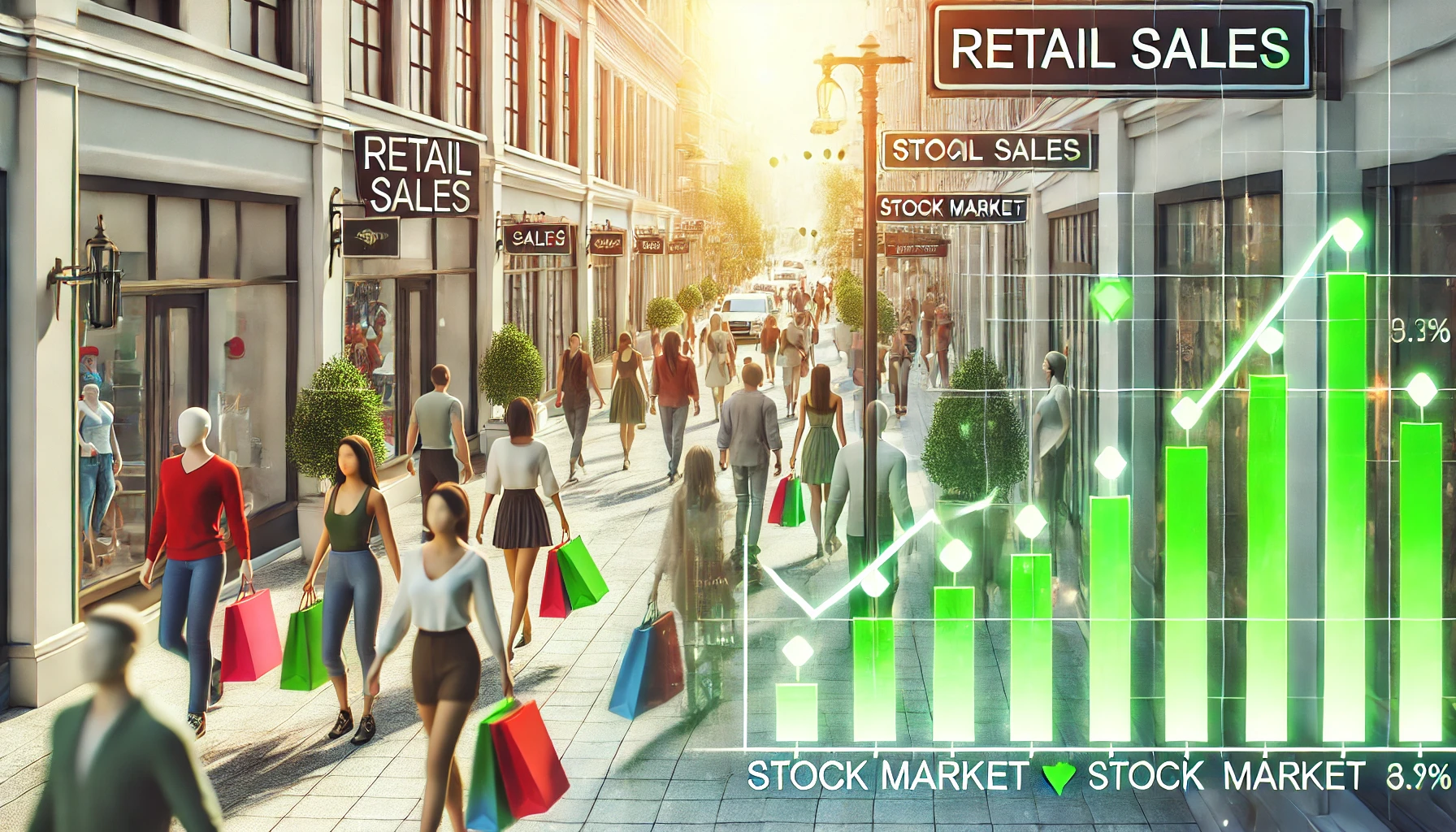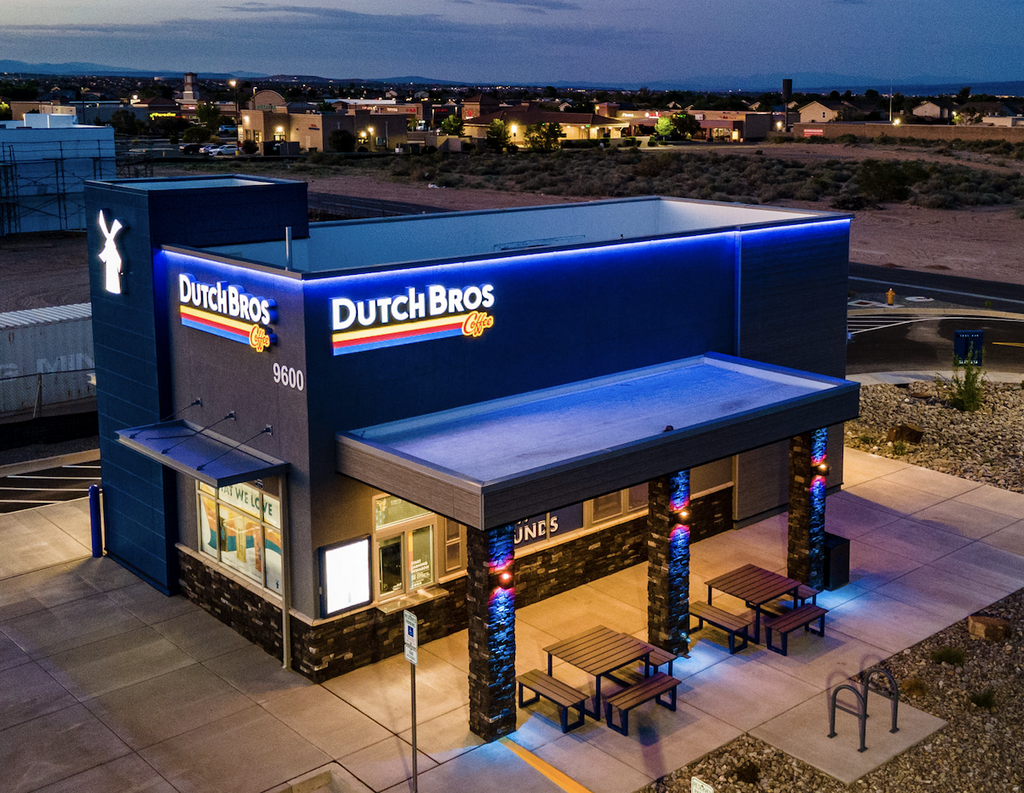
Wall Street reacted positively to new data showing that American consumers are still spending, despite some recent challenges for retailers. The US Commerce Department reported on Tuesday that retail spending has remained mostly flat since the start of the year, including in June. This is significant because consumer spending drives about two-thirds of the US economy, with retail sales being a major part of that.
June’s retail sales figures were better than expected. Economists had predicted a decline, but the actual data showed stability. This marks a change from previous months when retail sales often fell short of expectations. The figures take into account seasonal changes but not inflation.
The resilience of US consumers gave a boost to the stock market on Tuesday. The Dow Jones Industrial Average jumped 601 points, or 1.5%, reaching a new all-time high. The S&P 500 also saw a rise of 0.5%, while the Nasdaq Composite edged up by 0.05%. Gold futures increased by 1.4%, hitting a record high earlier in the day.
However, there were declines in certain areas. Sales at gas stations fell by 3% from May, and spending at car dealerships also dropped significantly in June. This decline in car sales was partly due to a cyberattack on CDK Global, a software provider for dealerships. When excluding gas stations and car sales, retail sales actually rose by a solid 0.8% in June.
Online sales were a bright spot, growing by 1.9% in June. This category is expected to remain strong in July, especially with Amazon’s annual Prime Day event. Home improvement stores also saw a rise in sales, with an increase of 1.4% last month.
The Federal Reserve and Wall Street are closely monitoring the health of US consumers. Unemployment has been rising recently, indicating that people are spending more cautiously. Despite inflation slowing down, it remains high, and interest rates have been at a 23-year peak for about a year. Additionally, savings built up during the pandemic are now depleted, and job opportunities are not as plentiful as before.
Retailers have noted that more shoppers are choosing cheaper options. As the earnings season begins, big-box stores will provide further insights into Americans’ spending habits. This information will be crucial for understanding the economic outlook.
Overall, while the economic environment presents some challenges, the data shows that American consumers are still finding ways to spend. This resilience has been a positive sign for Wall Street, helping to push stock prices higher.
Despite the ups and downs, the latest retail spending figures offer a glimmer of hope for the economy. Investors and policymakers will continue to keep a close watch on consumer behavior in the coming months.






